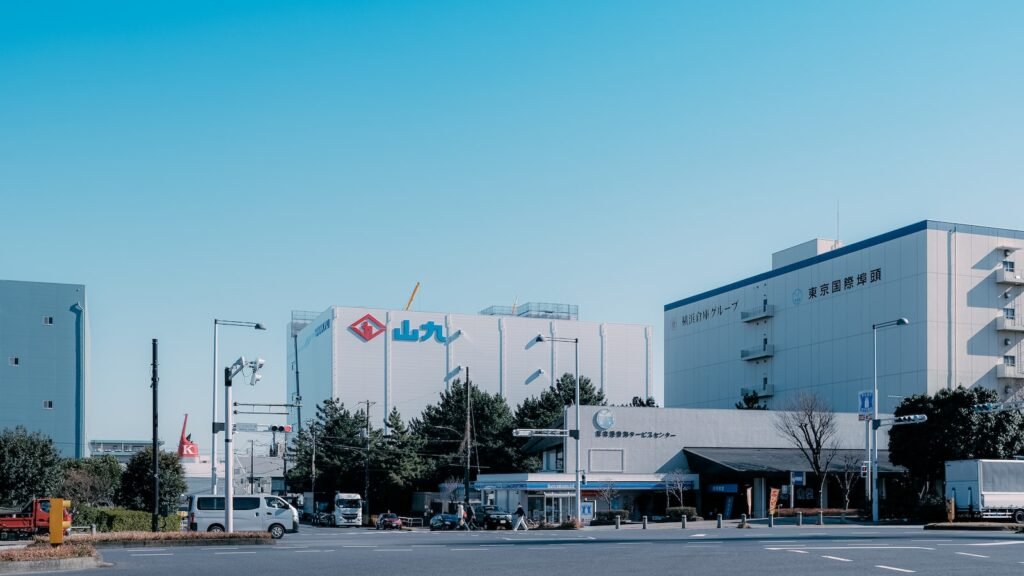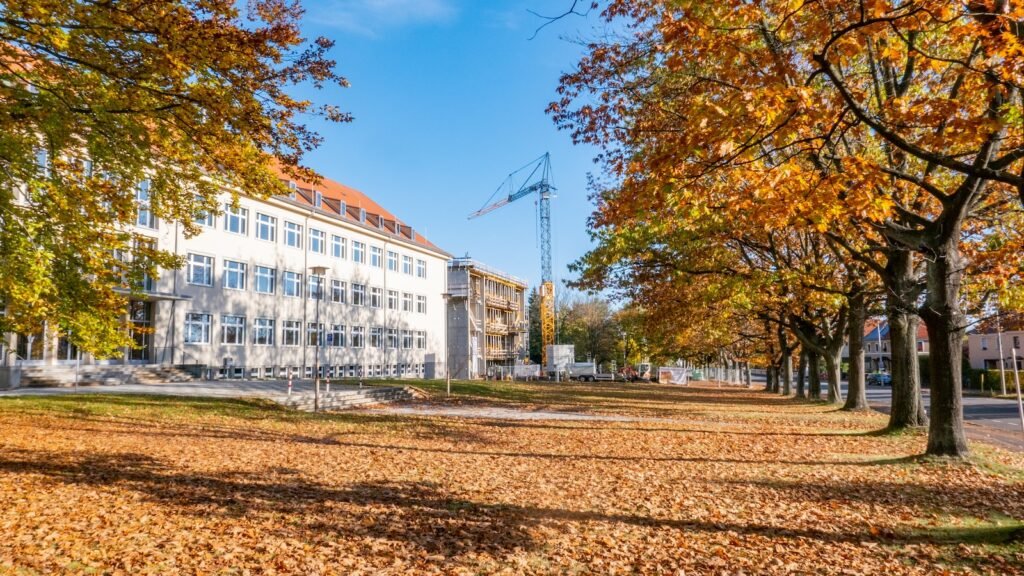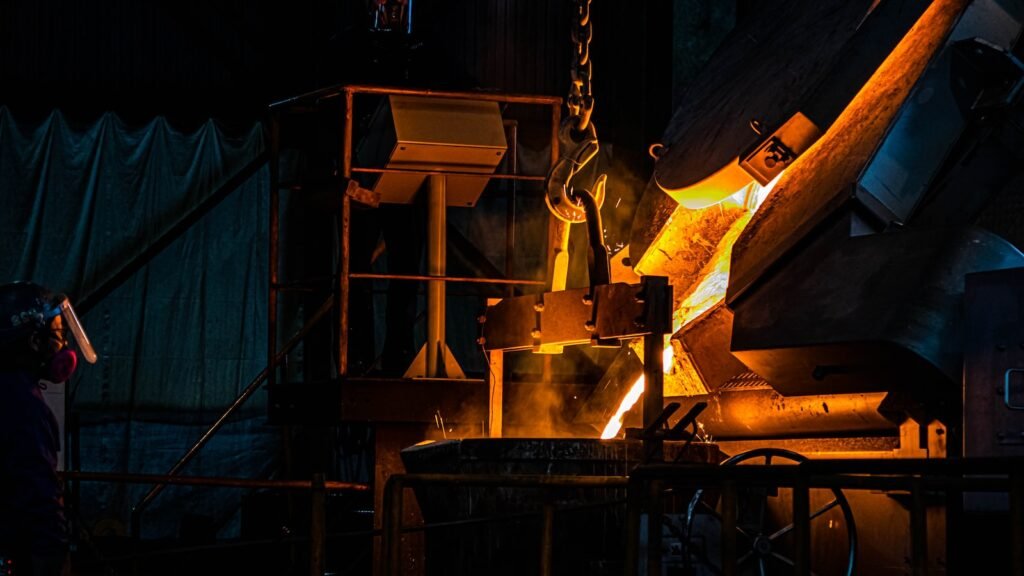In the rapidly evolving landscape of mold engineering, where precision, efficiency, and adaptability are paramount, a wave of innovations has surged forth, revolutionizing the way we approach mold design, manufacturing, and optimization. Leveraging cutting-edge technologies and novel methodologies, engineers and manufacturers are pushing the boundaries of what’s possible in the realm of mold engineering. In this comprehensive exploration, we delve into the remarkable advancements that are reshaping the industry, propelling it into a future defined by enhanced performance, reduced costs, and sustainable practices.

CAD/CAE Technologies: Pioneering Precision and Efficiency
At the heart of modern mold engineering lies the integration of Computer-Aided Design (CAD) and Computer-Aided Engineering (CAE) software. These technological marvels empower designers and engineers to create, analyze, and optimize molds with unparalleled precision. Through sophisticated simulations and modeling, CAD/CAE technologies offer a predictive window into mold performance, significantly slashing design cycles and minimizing costs. The marriage of digital ingenuity and engineering acumen ensures that molds are not merely conceived but are meticulously honed to perfection, yielding products of exceptional quality and durability.

Revolutionizing Rapid Prototyping with 3D Printing
In the age of rapid innovation, conventional prototyping methods have given way to an extraordinary advancement: 3D printing. This revolutionary technique allows for the swift creation of intricate mold prototypes, expediting the validation process and dramatically shortening development timelines. The marriage of rapid prototyping with mold engineering has unlocked a realm of possibilities, enabling engineers to refine designs with unprecedented speed and precision. As 3D printing continues to evolve, the boundaries of what can be achieved in mold engineering are constantly expanding, reshaping industries and pushing the envelope of what is possible.

The Rise of Intelligent Molds: Sensors and Real-time Monitoring
Mold engineering has embraced the era of intelligence through the integration of sensors, data acquisition, and remote monitoring technologies. Real-time insights into mold conditions empower manufacturers to monitor and analyze mold performance, optimizing production efficiency and preempting potential malfunctions. The ability to remotely oversee molds not only boosts productivity but also paves the way for proactive maintenance, minimizing downtime and enhancing operational continuity. The dawn of intelligent molds heralds a new era of efficiency and reliability in manufacturing processes.

Structural Optimization: Where Form Meets Function
In pursuit of efficiency and sustainability, mold engineers are embracing advanced techniques like simulation-driven optimization and morphological analysis. These methodologies allow for the fine-tuning of mold structures, reducing material consumption while simultaneously enhancing overall performance. Mold engineering is no longer confined to conventional designs; it is a realm where innovation and structural optimization converge, yielding molds that are sleek, robust, and tailored to perfection.

Precision Manufacturing: Elevating Craftsmanship
The art of mold engineering is now intrinsically linked with precision manufacturing techniques such as ultra-precision machining. This synergy ensures that molds are crafted with unparalleled accuracy, resulting in surfaces of exceptional smoothness and detail. Precision manufacturing not only enhances mold aesthetics but also bolsters functionality, guaranteeing that molds perform optimally and contribute to the production of flawless end products.

Adaptive Control: Mastering Variability
In the dynamic landscape of manufacturing, molds must adapt to an array of operational conditions. Enter adaptive control technologies, which harness algorithms capable of autonomously adjusting mold parameters in response to changing circumstances. This innovation enhances production stability, consistency, and product quality, setting the stage for seamless operations in diverse manufacturing environments.

Virtual and Augmented Reality: Bridging Realities for Better Molds
Virtual Reality (VR) and Augmented Reality (AR) technologies are not merely confined to entertainment; they are transforming mold engineering. Through VR and AR simulations, engineers can visualize mold assemblies, simulate maintenance procedures, and facilitate operator training. This immersive approach reduces errors, accelerates learning curves, and enhances overall production efficiency, establishing a new paradigm in mold design and operations.

Harnessing AI and Machine Learning: A New Frontier
In the age of data, mold engineering is undergoing a transformative journey fueled by Artificial Intelligence (AI) and Machine Learning (ML). These technologies analyze vast volumes of performance data, offering insights that drive mold design refinement and production optimization. The integration of AI and ML not only boosts mold longevity and stability but also facilitates the creation of molds tailored to the unique demands of each production cycle.

Self-Healing Materials: Prolonging Mold Lifespan
Imagine molds that can heal themselves—a concept that is swiftly becoming a reality through the development of self-healing materials. These cutting-edge substances have the remarkable ability to repair damage autonomously, extending the lifespan of molds and significantly reducing maintenance requirements. The integration of self-healing materials promises enhanced mold longevity and a reduction in operational interruptions, bolstering productivity and efficiency.

Nanotechnology: Elevating Mold Performance
Nanotechnology is making its mark on mold engineering, introducing materials and coatings on a nanoscale that dramatically enhance mold properties. These nano-enhanced elements improve mold resistance to wear, corrosion, and heat, thereby elevating the overall performance and durability of molds. As nanotechnology continues to mature, it is set to become a cornerstone of mold engineering, revolutionizing industries and paving the way for unparalleled product quality.

Agile Mold Adjustments: Meeting Diverse Production Needs
The manufacturing landscape is characterized by constant change, and mold engineering is no exception. Agile mold adjustment technologies are emerging as a game-changer, allowing molds to be swiftly reconfigured to accommodate varying product dimensions. This innovation optimizes production flexibility, reduces changeover times, and ensures that manufacturers can swiftly adapt to evolving market demands.

Green Manufacturing: Molds for a Sustainable Future
As environmental concerns take center stage, mold engineering is embracing the principles of green manufacturing. Engineers are exploring eco-friendly materials and production methodologies that minimize the environmental impact of mold manufacturing processes. By adopting sustainable practices, mold engineers are ushering in a new era of responsible manufacturing, where efficiency and environmental stewardship coexist harmoniously.

Comprehensive Mold Data Management: Maximizing Lifecycles
The journey of a mold extends far beyond its initial creation. To ensure optimal performance and longevity, comprehensive mold data management systems are being established. These systems meticulously document mold design, manufacturing, usage, and maintenance information, offering a holistic view of a mold’s lifecycle. The insights gleaned from data-driven analyses empower manufacturers to refine mold designs, optimize production processes, and extend mold lifecycles.

Advancing Cooling Techniques: Enhancing Efficiency
Efficient cooling is a cornerstone of successful mold engineering, and innovation is transforming the landscape of cooling technologies. Ingenious cooling solutions are being developed, enhancing mold cooling efficiency, reducing processing times, and augmenting overall production efficiency. As mold cooling technologies evolve, they are reshaping industries by enabling the manufacture of higher quality products at an accelerated pace.

The Flexibility of Mold Manufacturing: Adapting to Change
In an era of diverse consumer demands, mold engineering is embracing flexibility as a virtue. Flexible mold manufacturing techniques are emerging as a solution, enabling manufacturers to swiftly transition between products of varying shapes and sizes. This adaptability minimizes downtime, reduces costs, and ensures that manufacturers can pivot seamlessly to address shifting market dynamics.

Bio-Inspired Engineering: Nature as a Blueprint
Nature has long been an inspiration for innovation, and mold engineering is no exception. Engineers are drawing insights from biological structures and mechanisms, integrating biomimicry into mold design. This approach yields molds that are more resilient, efficient, and durable, harnessing the elegance and efficiency of nature’s own engineering marvels.

Multimaterial Stamping: Pushing Boundaries
Complex product designs demand innovative solutions. Multimaterial stamping techniques are a testament to mold engineering’s evolution, enabling the combination and stacking of multiple materials to create intricate parts with enhanced performance and functionality. This pioneering approach is driving the creation of products that are not only visually striking but also push the boundaries of what can be achieved through mold engineering.

In conclusion, the landscape of mold engineering is undergoing a profound transformation, fueled by a convergence of cutting-edge technologies and innovative methodologies. From precision CAD/CAE design to adaptive control algorithms, from self-healing materials to agile mold adjustments, each innovation outlined in this comprehensive exploration is a testament to the indomitable spirit of human ingenuity. Mold engineering is no longer confined to traditional paradigms; it is a realm of limitless possibilities, where performance, efficiency, and sustainability converge to shape a future defined by excellence.


